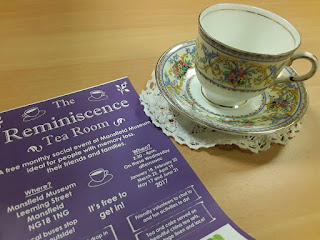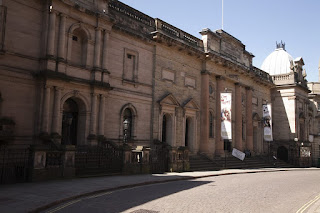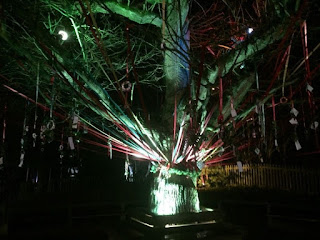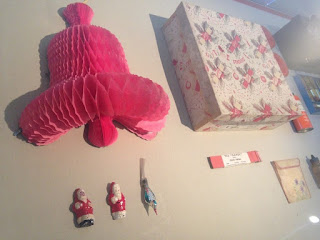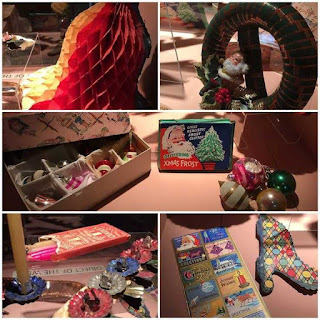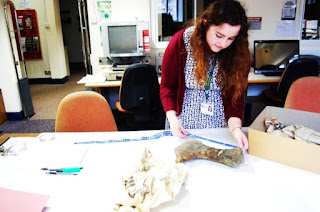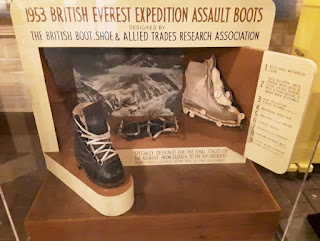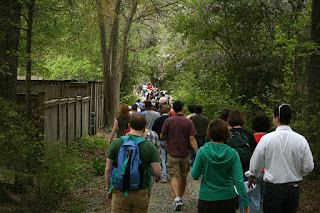Meet Rutland’s ‘Flintstones’
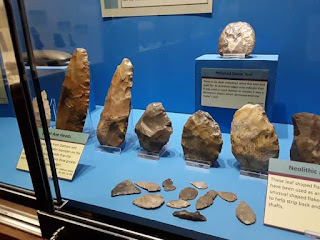
First Posted: 21st December 2016 In Collections Prior to my role as a Collections and Interpretation Intern at Rutland County Museum, I did not know much about Rutland. Admittedly, I presumed it was part of Leicestershire. Now understanding it’s the smallest county in England and given its rich history, I thought it would be great to share what I’m learning through a blog. My interests lie heavily with the Old Stone Age and so I will begin here with the Palaeolithic. This is the earliest prehistoric period — think before iron, before bronze, before farming and permanent settlements. Importantly, this was a time when people lived off the land, utilising natural resources from their environment – making stone tools much like The Flintstones! It’s worth bearing in mind that compared to other counties, little is known about Rutland’s Palaeolithic: Rutland has no caves which make ideal preservation areas for archaeology to last the centuries. Ancient humans occupied southern Britain in
